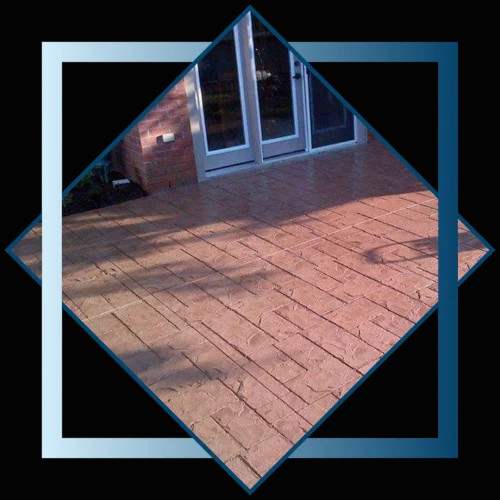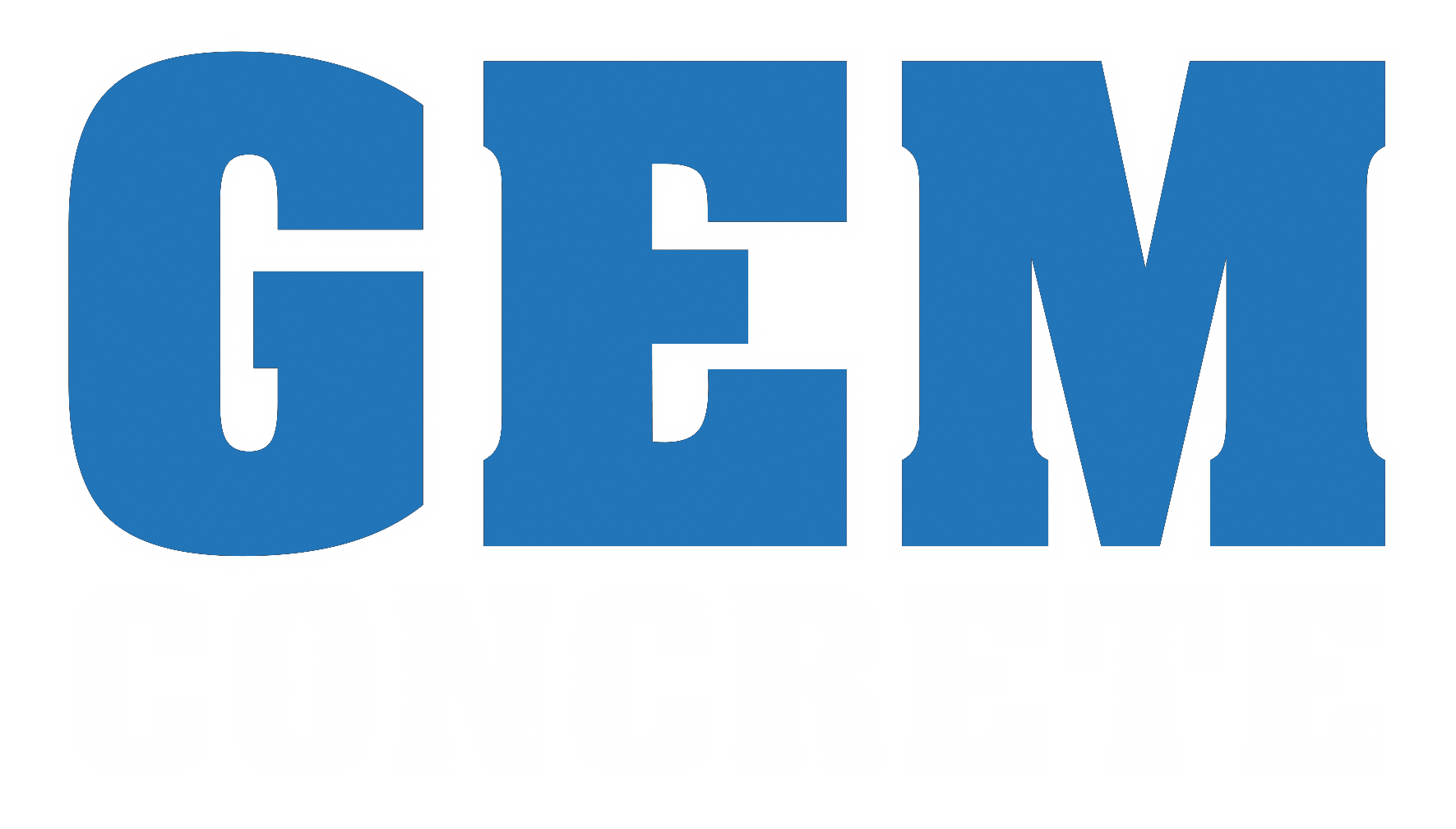This sort of concrete is reinforced with steel bars or mesh to raise its tensile toughness and resilience. It is typically made use of in the building of high-rise buildings, bridges, and other frameworks that need extra stamina and stability. Also known as controlled low-strength product (CLSM), controlled thickness fill (CDF), flowable mortar, plastic soil-cement, and soil-cement slurry, this is a self-leveling and self-consolidating concrete material. Traditional flowable fills are mixtures of portland or blended concrete, water, fly ash, fine aggregate, and air.

It was named "Rose city" cement because it looked like the high-quality building stones found in Rose city, England. It's widely believed that Aspdin was the first to warmth alumina and silica products to the point of vitrification, causing combination. Aspdin fine-tuned his technique by very carefully proportioning sedimentary rock and clay, crushing them, and then shedding the mix into clinker, which was after that ground into completed cement. Concrete that has been hardened onto inserted metal (normally steel) is called enhanced concrete, or ferroconcrete. Its development is usually attributed to Joseph Monier, a Parisian garden enthusiast who made yard pots and Helpful hints bathtubs of concrete reinforced with iron mesh; he obtained a patent in 1867. The strengthening steel, which might take the type of poles, bars, or mesh, contributes tensile toughness.
Probably more crucial still is an adjustment of way of thinking far from a developmental model that changes living landscapes with built atmospheres and nature-based societies with data-driven economic climates. That needs tackling class structure that have actually been improved concrete, and acknowledging that fertility is an extra trusted base for development than strength. Architects believe the answer is to make structures leaner and, when feasible, to utilize various other products, such as cross-laminated hardwood.
- Its lightweight nature likewise makes it simpler to handle and carry contrasted to conventional concrete.
- An additional approach to mass concrete frameworks that reduces cement's thermal by-product is the use of roller-compacted concrete, which makes use of a dry mix which has a much reduced air conditioning need than conventional damp placement.
- Shotcrete (likewise understood by the brand name Gunite) utilizes compressed air to shoot concrete onto (or into) a frame or framework.
- It in addition ought to be used rapidly as an alternative it will establish while not unfolding correctly.
What Are The 3 Types Of Concrete?
In wet-mix application cement, aggregate, admixture, and water are combined along prior to being wired via a tube and atmospherically made. On the contrary hand, in dry-mix applications concrete, accumulation, and admixture are mixed along, and sent pneumatically through a tube so, at the faucet via a water ring, water is infused just as throughout the mix because it is being designed. Concrete is a combination of concrete, water and aggregates (e.g. sand and gravel, crushed rock or recycled concrete) and typically includes small amounts of admixtures.
Understanding Concrete Healing Compounds: Kinds And Benefits Ultratech

Reinforced concrete, prestressed concrete and precast concrete are one of the most favored types of concrete practical expansions in contemporaries. For higher-strength applications, accelerated treating techniques may be applied to the concrete. A common method involves heating up the poured concrete with steam, which offers to both maintain it damp and raise the temperature level to ensure that the hydration process continues faster and more thoroughly. Typical conditions for curing involve splashing or ponding the concrete surface area with water. The surrounding picture shows among numerous methods to accomplish this, ponding-- submerging setting concrete in water and wrapping in plastic to stop dehydration.
What is concrete and its buildings?
Concrete is commonly utilized as a building product owing to its longevity, stamina, and affordability [1] Concrete shows a high compressive strength (CS) but a relatively reduced tensile strength (T.S.), making it a breakable and possibly vulnerable product [2]
Nevertheless, cement concrete is a reasonably heavy product and can be tough to work with. It is also susceptible to cracking and can be damaged by extreme weather conditions. Scientists at MIT have found what makes old Roman concrete "exponentially more long lasting than modern concrete," reports Jim Morrison for Wired. " Developing a modern matching that lasts longer than existing materials could reduce environment emissions and become an essential component of durable facilities," composes Morrison. Pervious concrete is mounted by being poured right into types, then screeded off, to degree (not smooth) the surface area, after that loaded or tamped into area. Due to the low tide web content and air leaks in the structure, within 5-- 15 minutes of tamping, the concrete has to be covered with a 6-mil poly plastic, or it will dry out prematurely and not properly moisturize and cure.
Concrete is the vital active ingredient in concrete that, when mixed with water, acts as the adhesive that binds the crude and great accumulation together to create concrete. The response with water is what makes concrete an hydraulic product and offers concrete the necessary convenience to be placed in a plastic (flowable) state and afterwards solidify into a solid, durable rock-like mass. This convenience and the long-lasting longevity are why concrete has been the material of choice for over a century to develop the globe's infrastructure.
Like that manmade marvel material, plastic, concrete transformed building and progressed human health and wellness. If the cement market were a nation, it would be the third biggest co2 emitter worldwide with as much as 2.8 bn tonnes, surpassed only by China and the United States. Concrete toughness values are generally defined as the lower-bound compressive stamina of either a round or cubic sampling as established by basic test treatments.
Extensive blending is necessary to create attire, high-grade concrete. Cast-in-place concrete is the most sophisticated kind of concrete and is made use of for things like bridges and high-rises. It is made by pouring a molten mix into a mold and mildew and then allowing it cool. Precast concrete is a type of concrete that is made ahead of time and after that set up in place. This kind of concrete is typically utilized for structures like medical facilities and office complicateds. It is rocks or various other small items of planet that are crushed and mixed with Rose city cement to create concrete.
GEM Concrete Construction
65 Haliburton Crescent, London, ON N6K 2Z1
+12266781352
